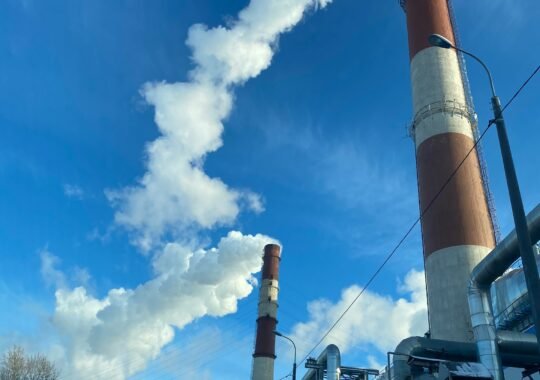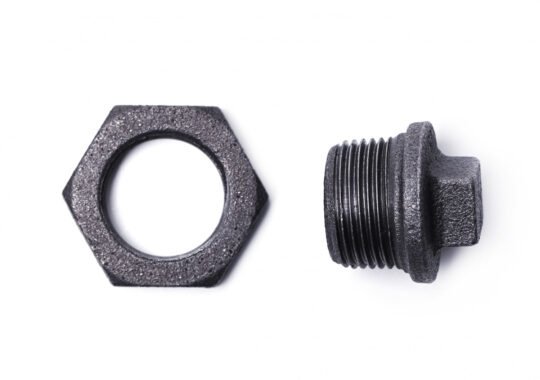Gutters are a ubiquitous feature on modern buildings and they exist to perform a very important function, directing rainwater away from a roof and down a downpipe into the drain. Without the existence of gutters buildings would become susceptible to a range of problems, such as water ingress.
Guttering needs to fulfil various aims if it is to meet modern demands:
Aesthetics
Whilst the main aim of guttering is to provide a function this doesn’t mean that a gutter can’t be aesthetic too. For heritage or conservation projects it’s important that gutters are chosen in keeping with the look of the period building and this might mean using cast iron gutters, which work great either on period properties or modern buildings.
Durability
Because gutters are exposed to the outdoors they need to be inherently durable, able to last in situ for many years. If a gutter is not durable and secure then it could easily succumb to extreme weather conditions, become dislodged and cause a safety hazard. Some kinds of guttering are more durable than others, e.g. a cast iron gutter can be considered very durable and long-lived.
Functionality
The main aim of guttering is that it needs to be functional. It should very efficiently channel water away from a roof via a gutter and then down a downpipe. Even the best gutters need to be maintained with regularity, e.g. leaves removed during the autumn season.




